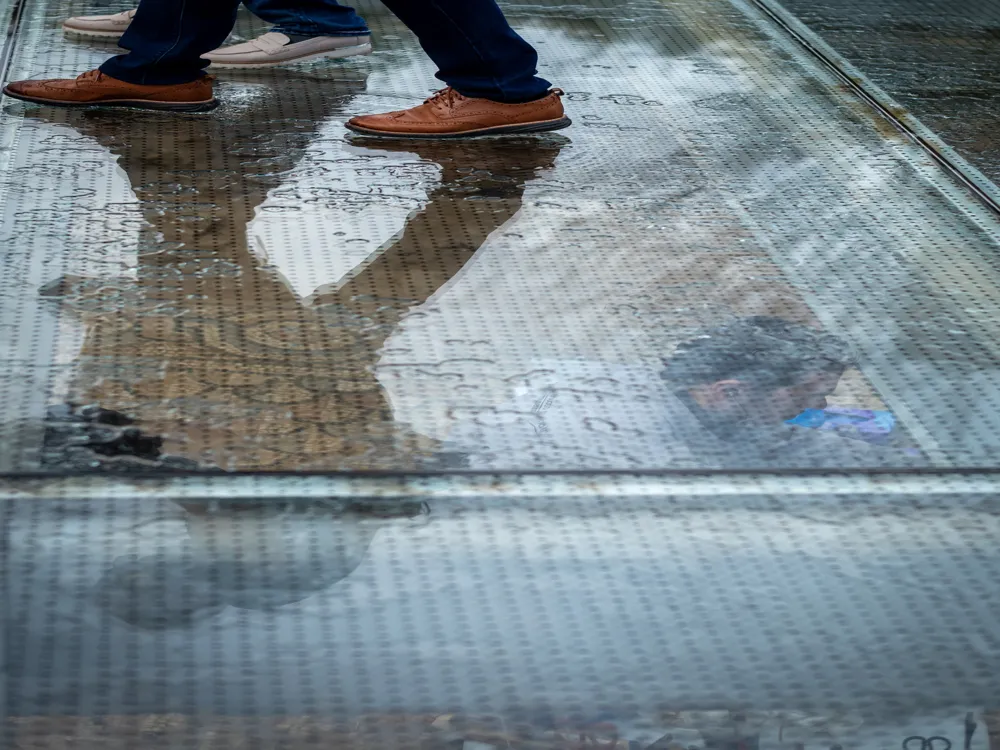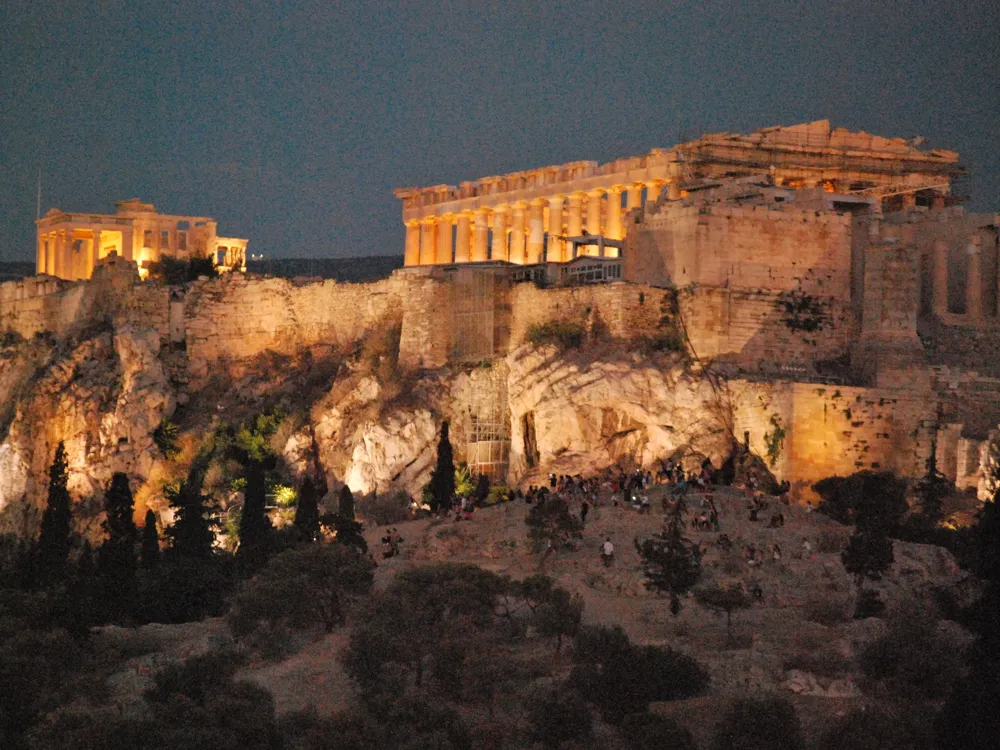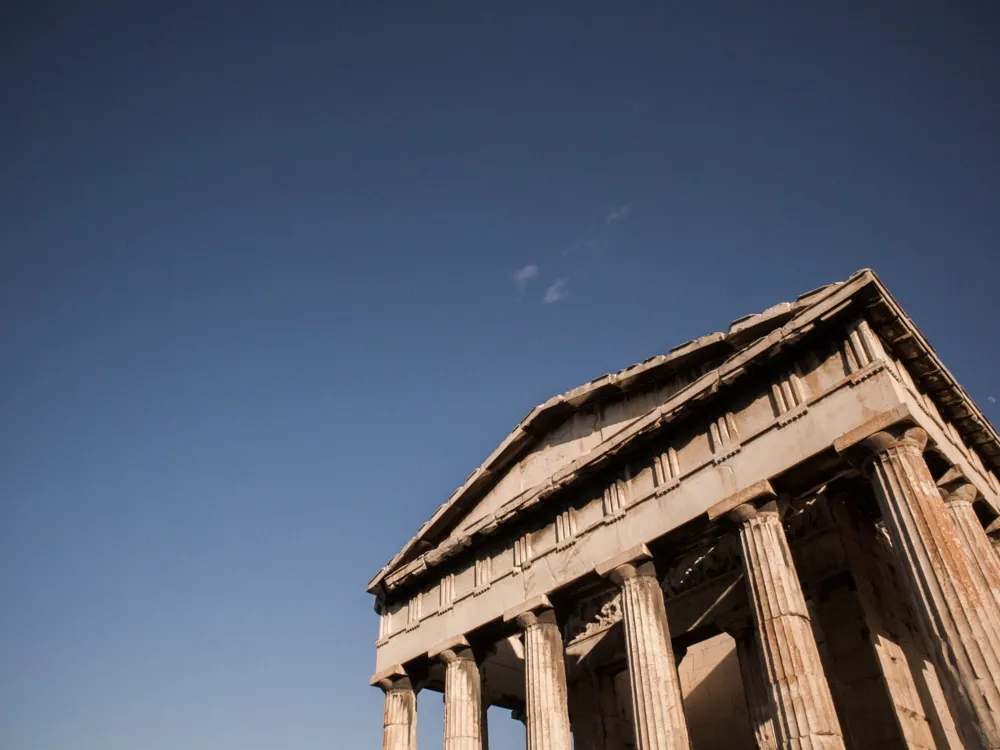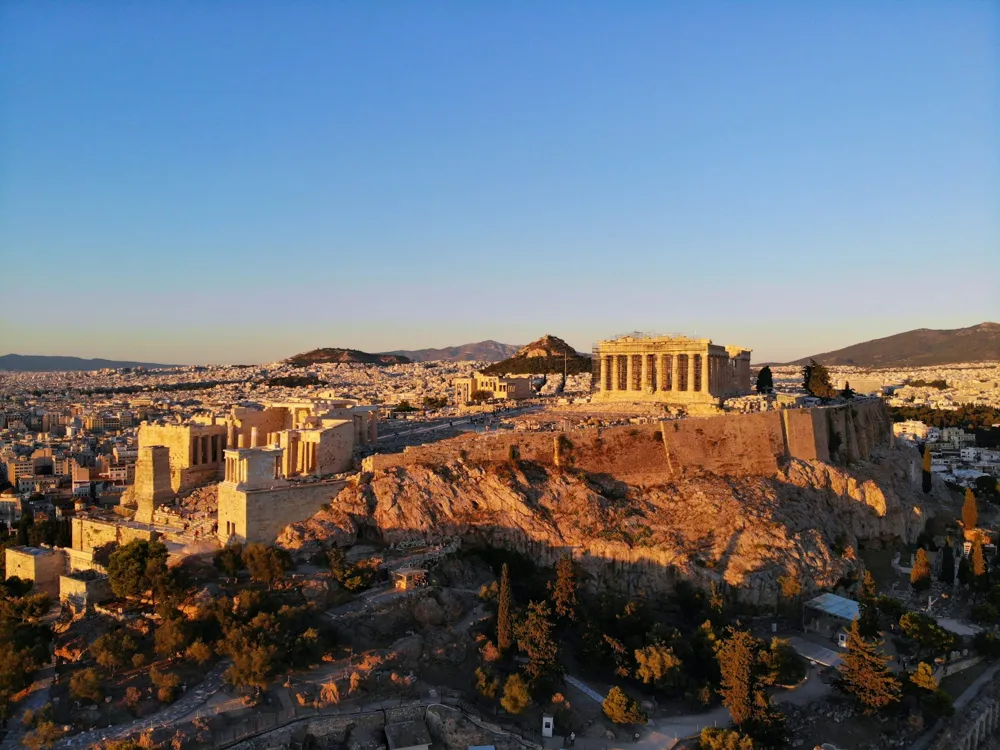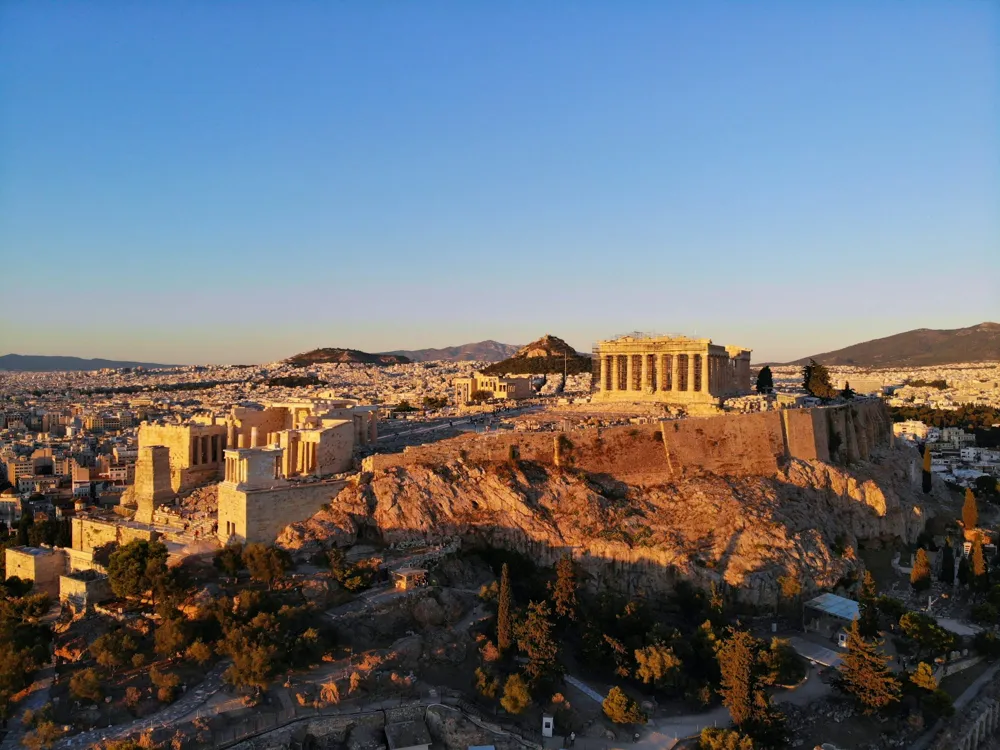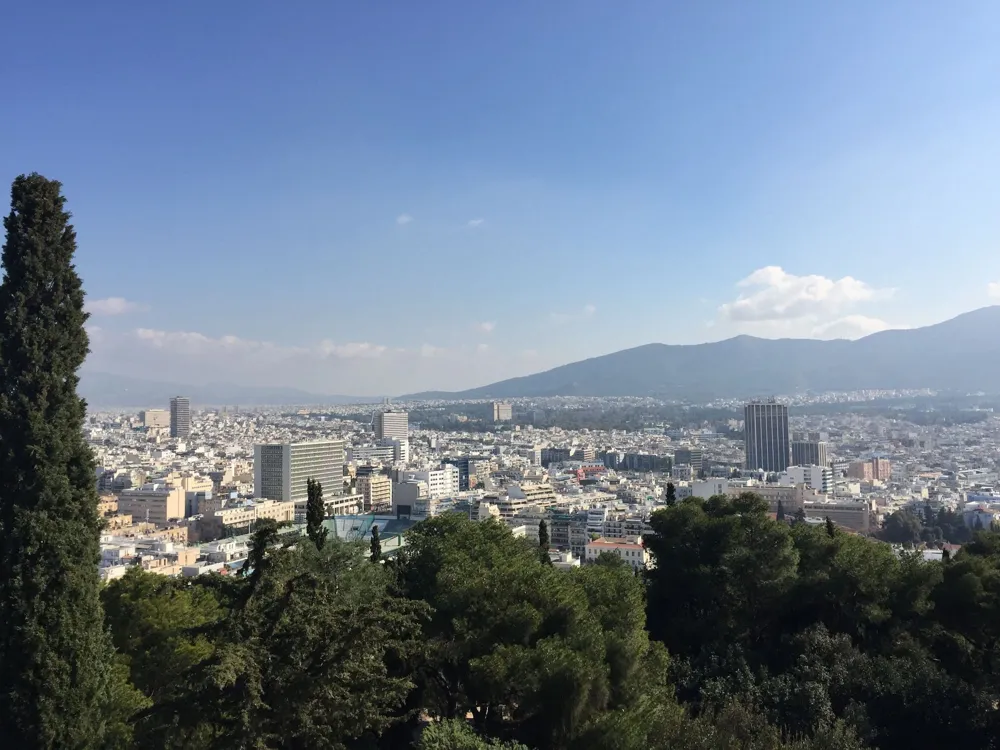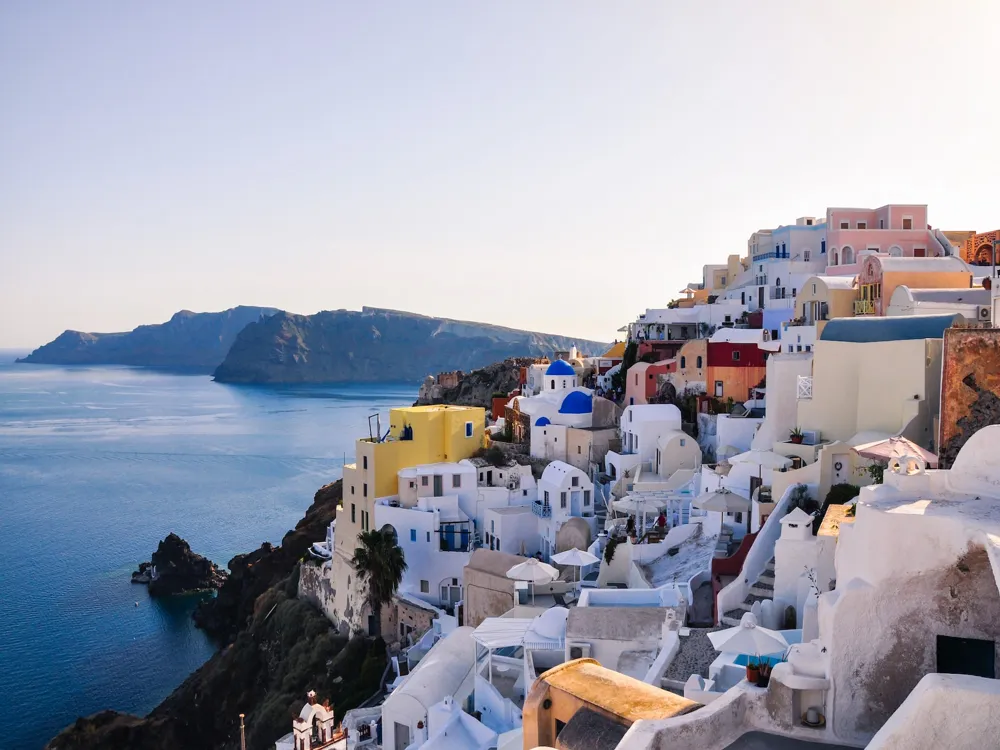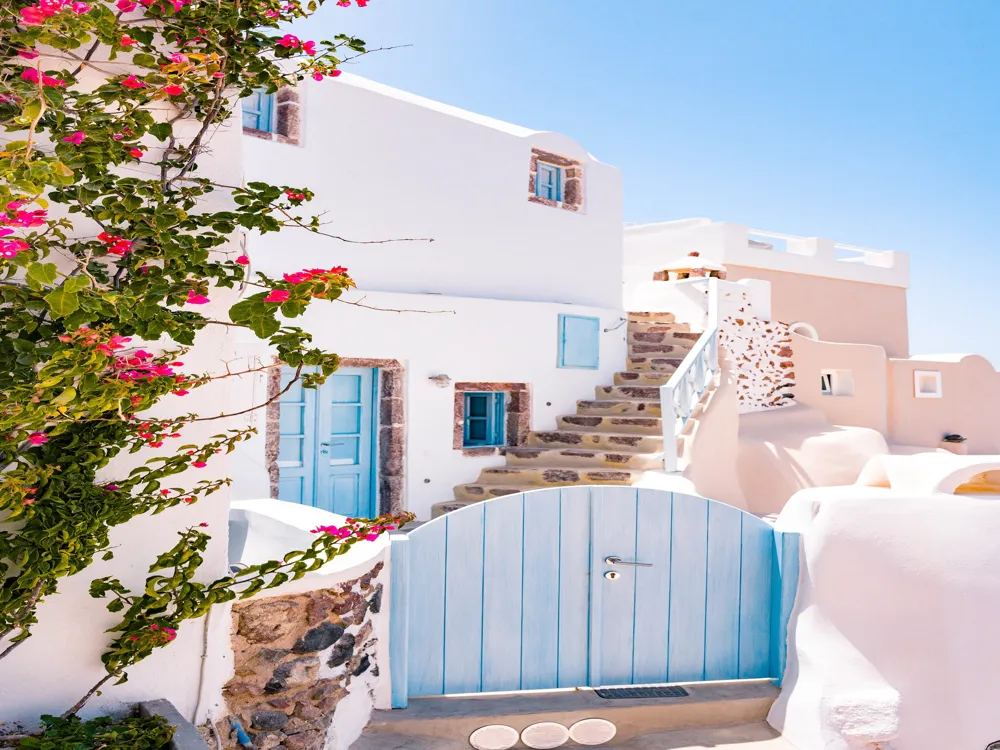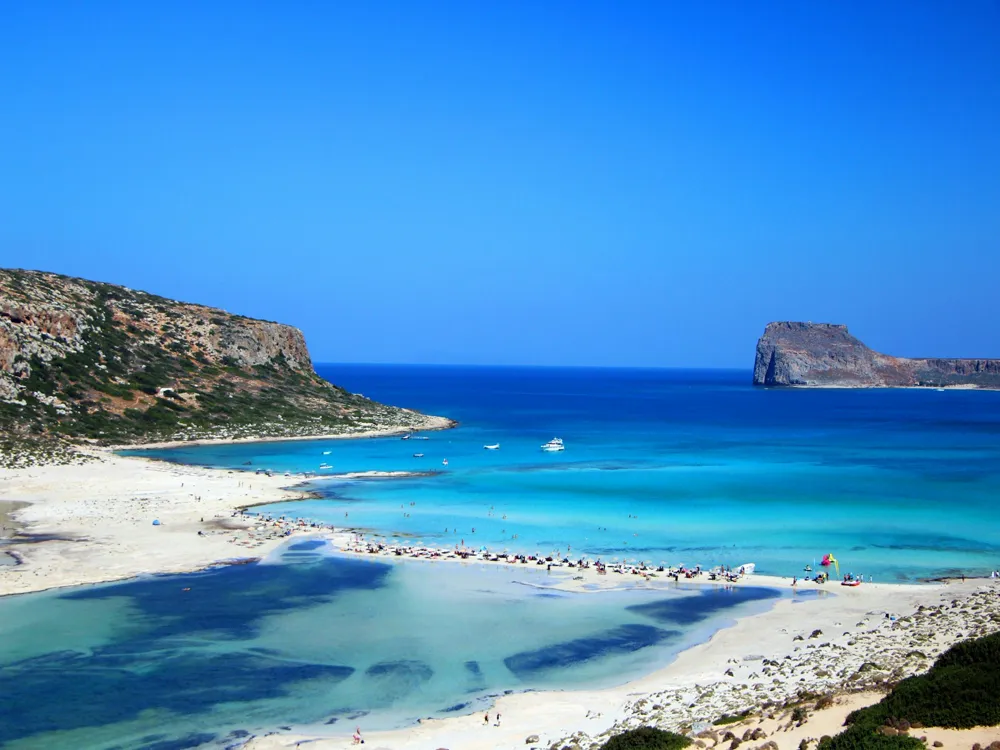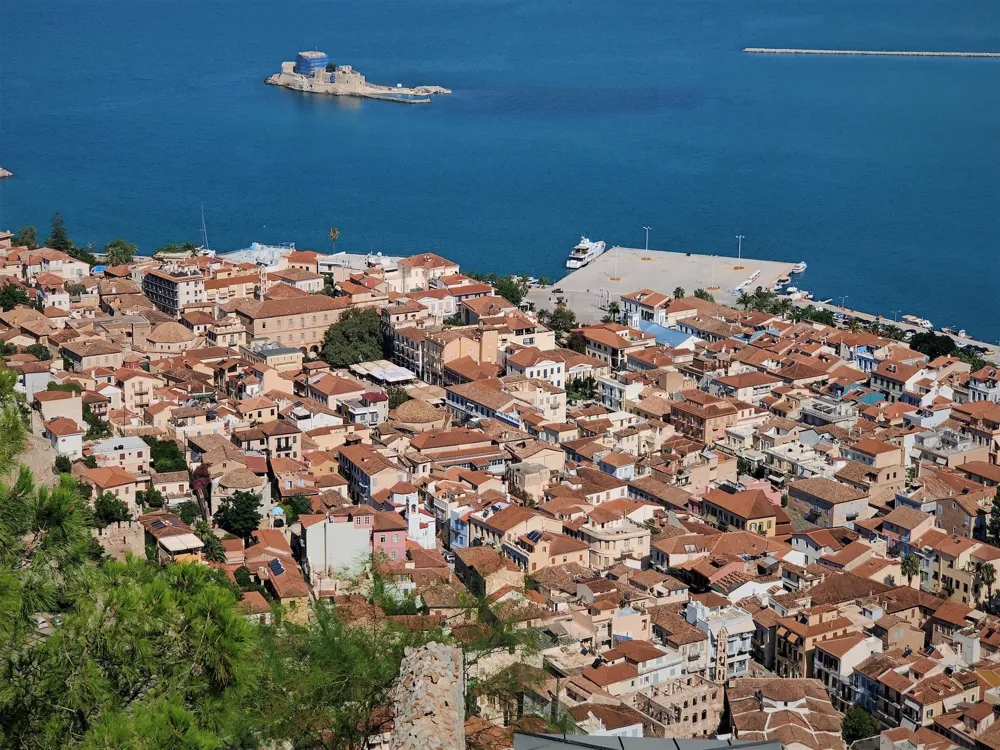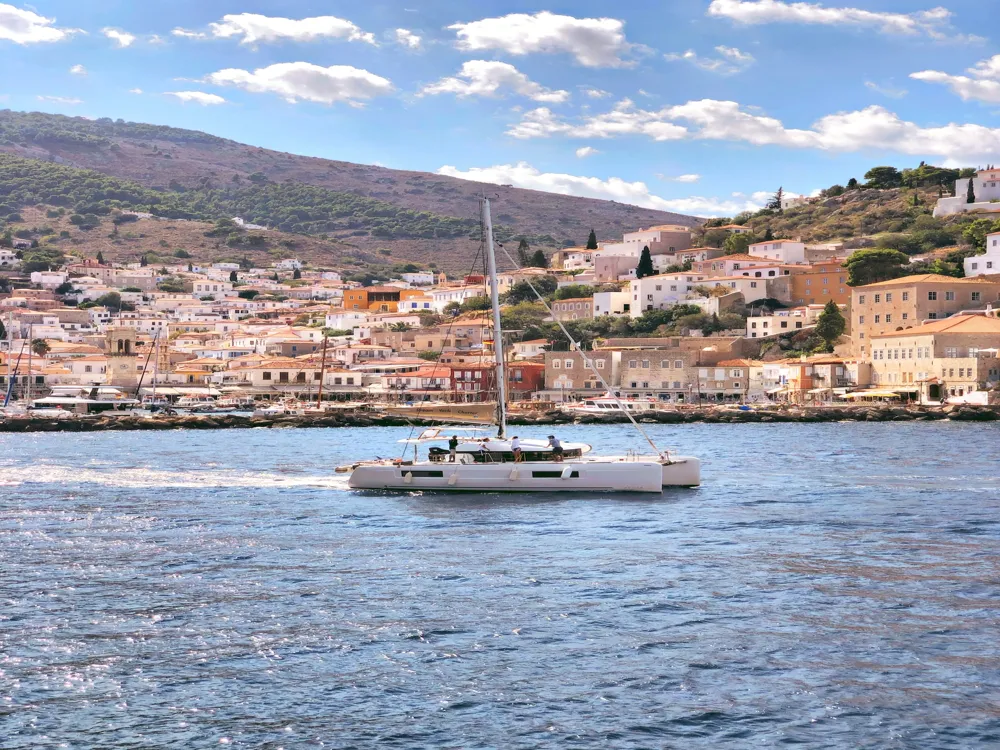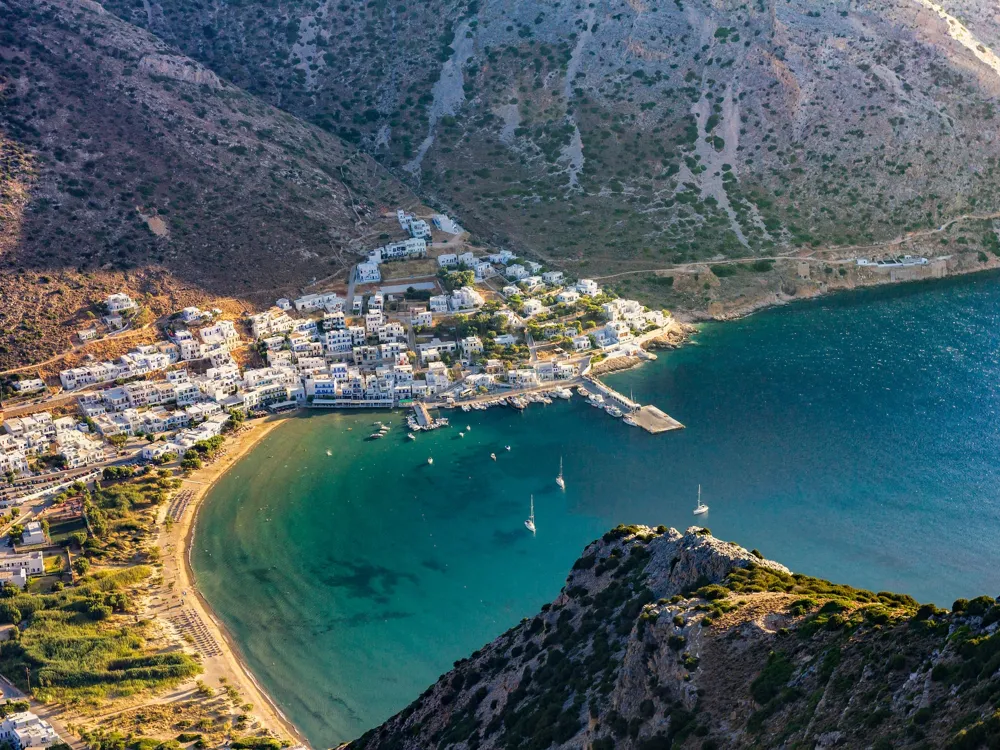The National Gallery of Athens, a jewel in the crown of Athens' artistic institutions, stands as a lamp of art and history. Established in the early 20th century, it houses a spectacular collection of Greek and European art spanning several centuries. The gallery's expansive collection includes works from the post-Byzantine period to ultramodern times, showcasing the elaboration of Greek art alongside significant European movements. Masterworks by El Greco, Eugène Delacroix, and other well-known artists are shown to callers, providing a thorough understanding of the cultural history of Greece and Europe. The National Gallery of Athens is a masterpiece of contemporary architecture, harmoniously blending ultramodern design with classical rudiments. Designed by famed engineers, the structure is a symbol of Greece's commitment to conserving and showcasing its rich artistic heritage. The armature frames the gallery's cultural morality, combining functionality with aesthetic beauty. Before visiting the National Gallery in Athens, it's judicious to check the opening hours and any special events or exhibitions that might be passing. Planning your visit in advance ensures that you make the most of your time at the gallery and do not miss any must-see pieces. Consider taking a guided tour for a more in-depth understanding of the artworks and the history of the gallery. These tenures are frequently led by knowledgeable attendants who give precious perceptivity and stories that enhance the overall experience. Wear comfortable shoes and vesture, as the gallery covers a large area, and you will probably be on your feet for many hours. Comfortable apparel will help you concentrate more on the art and lessen any physical discomfort. Be sure to check the gallery's photography policy. While photography might be allowed in some areas, flash or tripods might be restricted, and some shows may ban photography altogether. The gallery has rest areas and a café where you can take a break. Plan for short breaks during your visit to rest, refresh, and reflect on the artwork you've seen. Reaching the National Gallery in Athens is accessible due to its central position in Athens. Public transport is the easiest way to get there, with several machines and metro lines stopping hard. The closest metro station is frequently the most accessible access point, offering a quick and easy route to the gallery. For those preferring to drive, there's parking available in the vicinity, though it can get crowded, especially during peak hours and special events. Alternately, hacks are readily available throughout Athens and offer a direct route to the gallery. Read More:Overview of the National Gallery Athens
The gallery not only celebrates literal workshops but also embraces contemporary art, reflecting the dynamic and evolving nature of Greek culture. Educational programmes, temporary exhibitions, and artistic events make the National Gallery of Athens a mecca of cultural exertion, attracting art suckers and scholars from around the world. The structure itself, a testament to ultramodern Greek architecture, complements the cultural treasures within, creating an immersive experience that bridges history with the present. The lawyer and art enthusiast Alexandros Soutzos founded the National Gallery of Athens. The gallery is home to over 20,000 artworks, numerous of which belong to the Renaissance period, such as The Adoration of the Goatherds by Jacob Jordaens and Ahasuerus by Luca Giordano. It also has workshops by 17th- to 20th-century European artists such as Pablo Picasso( Composition), Rembrandt and Jacques Linard( Still Life), and 19th- and 20th-century Greek artists like Yannis Tsarouchis, Georges Jakovides, and Spyros Vassiliou. There's a gift shop there too. The National Glyptotheque, a form of gallery that's part of the National Gallery, is located in the Goudi neighbourhood of Athens.Architecture of National Gallery Athens
From its grand entrance to the commodious exhibition halls, the gallery's design facilitates an engaging trip through art history. Natural light plays a significant part, illuminating the artworks and creating a dialogue between the shows and the architectural space. The use of original outfits and sustainable design principles reflects Greece's fidelity to environmental stewardship and artistic sustainability. The structure's layout, with its connected galleries and serene yards, encourages examination and contemplation, making each visit a unique and enriching experience.Tips for Visiting National Gallery Athens
Plan Your Visit
Guided Tours
Dress Comfortably
Photography Policy
Rest and Refreshments
How To Reach National Gallery Athens
National Gallery Athens
Athens
₹ 25,800 onwards
View athens Packages
Weather :
Tags : Art Gallery
Timings : Summers: Monday - Saturday: 09:00 AM - 3:00 PM, Sunday: 10:00 AM - 2:00 PM, Closed on Tuesday
Winters: Monday: 1:00 PM - 7:30 PM, Thursday - Friday: 8:30 AM - 3:00 PM, Closed on Saturday and Sunday
Entry Fee : Adults: EUR 5
Students: EUR 3
Children below the age of 12: Free
Planning a Trip? Ask Your Question
Athens Travel Packages
View All Packages For Athens
Top Hotel Collections for Athens

Private Pool

Luxury Hotels

5-Star Hotels

Pet Friendly
Top Hotels Near Athens
Other Top Ranking Places In Athens
View All Places To Visit In athens
Faq on Athens
What is the National Gallery of Athens?
The National Gallery of Athens, also known as the National Gallery – Alexandros Soutzos Museum, is Greece's premier art museum, dedicated to Greek and European art from the 14th century to the present day.
When was the National Gallery in Athens established?
The National Gallery was established in 1900 and has since grown to become the most important institution of its kind in Greece.
What types of artworks can be found in the National Gallery?
The collection includes paintings, sculptures, engravings, and other works of art from Greek and European artists. It has a significant collection of post-Byzantine Greek art, as well as European works from the Renaissance to the modern era.
Are there any notable works or artists featured in the National Gallery?
Yes, the gallery houses works by Greek artists such as Niko Ghika, Yannis Tsarouchis, and El Greco, as well as international artists like Rembrandt, Monet, and Rodin among others.
How can I visit the National Gallery in Athens?
Visitors can go to the museum's location at Michalakopoulou 1. It's recommended to check the official website for the latest visiting hours and ticket prices.
View athens Packages
Weather :
Tags : Art Gallery
Timings : Summers: Monday - Saturday: 09:00 AM - 3:00 PM, Sunday: 10:00 AM - 2:00 PM, Closed on Tuesday
Winters: Monday: 1:00 PM - 7:30 PM, Thursday - Friday: 8:30 AM - 3:00 PM, Closed on Saturday and Sunday
Entry Fee : Adults: EUR 5
Students: EUR 3
Children below the age of 12: Free
Planning a Trip? Ask Your Question
Athens Travel Packages
View All Packages For Athens
Top Hotel Collections for Athens

Private Pool

Luxury Hotels

5-Star Hotels

Pet Friendly
Top Hotels Near Athens
Other Top Ranking Places In Athens
View All Places To Visit In athensFaq on Athens
What is the National Gallery of Athens?
The National Gallery of Athens, also known as the National Gallery – Alexandros Soutzos Museum, is Greece's premier art museum, dedicated to Greek and European art from the 14th century to the present day.
When was the National Gallery in Athens established?
The National Gallery was established in 1900 and has since grown to become the most important institution of its kind in Greece.
What types of artworks can be found in the National Gallery?
The collection includes paintings, sculptures, engravings, and other works of art from Greek and European artists. It has a significant collection of post-Byzantine Greek art, as well as European works from the Renaissance to the modern era.
Are there any notable works or artists featured in the National Gallery?
Yes, the gallery houses works by Greek artists such as Niko Ghika, Yannis Tsarouchis, and El Greco, as well as international artists like Rembrandt, Monet, and Rodin among others.
How can I visit the National Gallery in Athens?
Visitors can go to the museum's location at Michalakopoulou 1. It's recommended to check the official website for the latest visiting hours and ticket prices.







